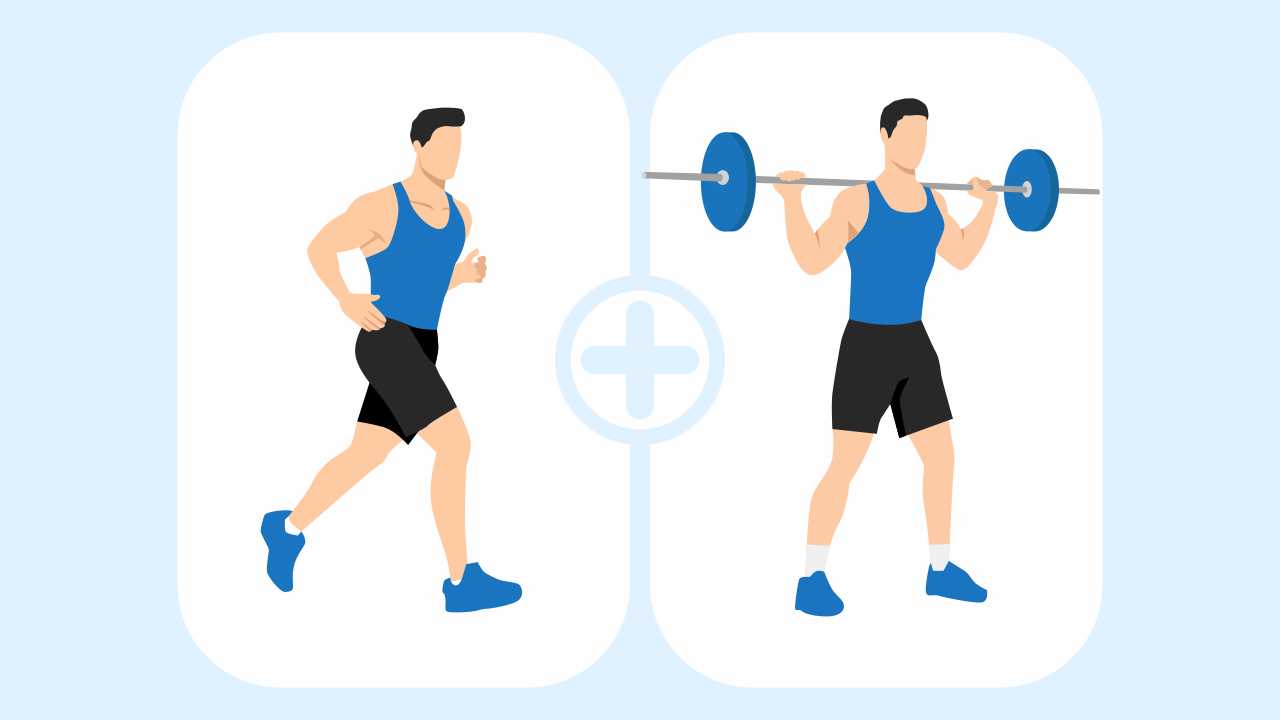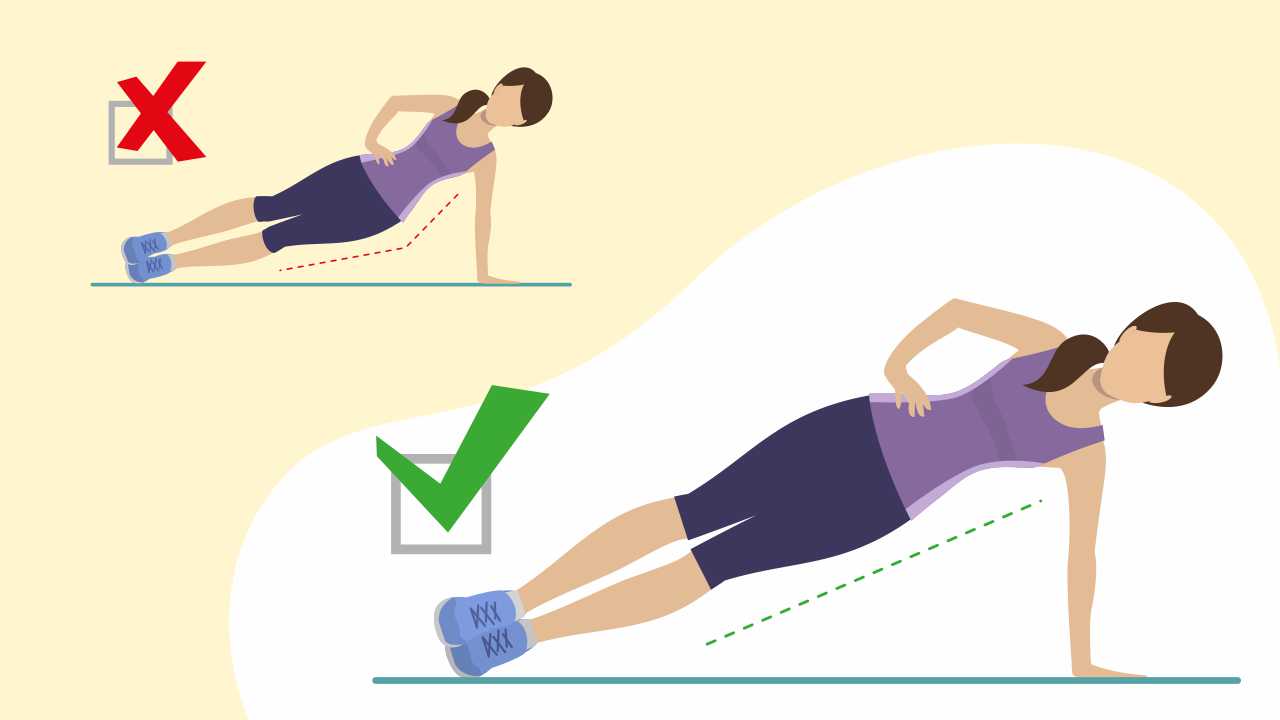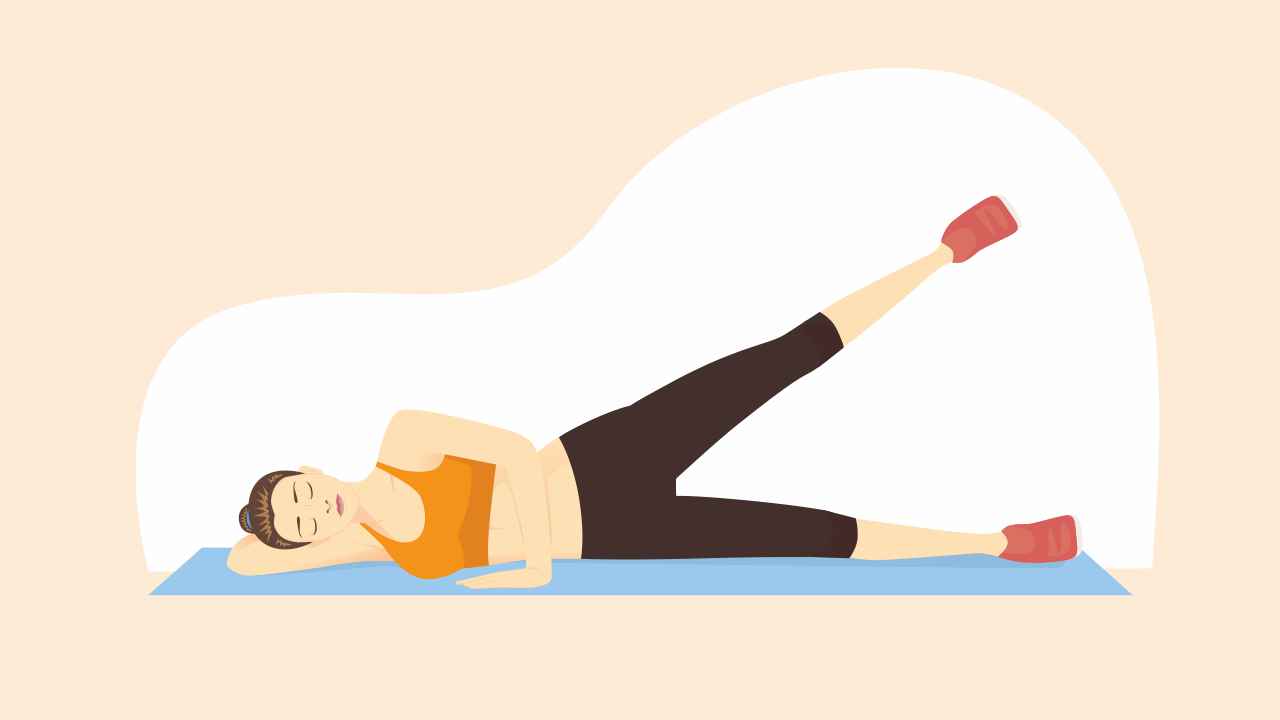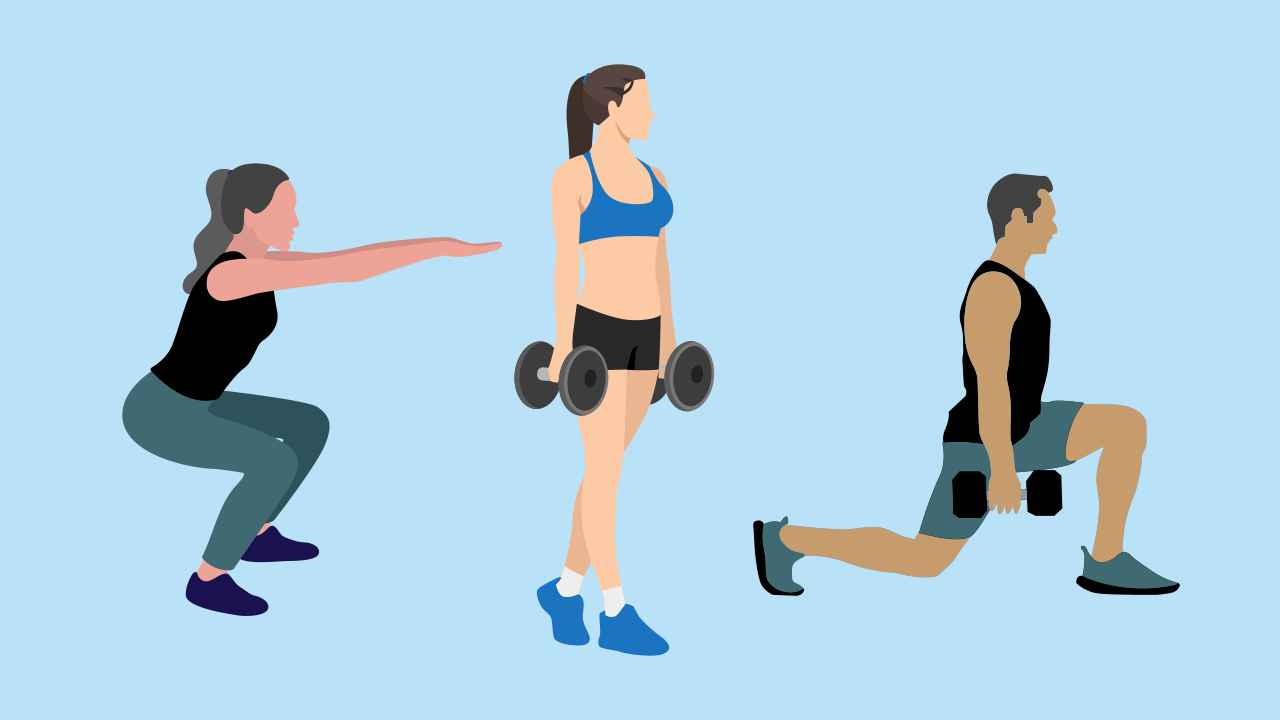
How to Build Lean Muscle Mass

Build muscle while simultaneously losing fat — sounds like a dream, right? Unfortunately, there are no magic exercises, no miracle supplements, and definitely no miracle diet for muscle gain and fat loss that can achieve this. It takes years and years of consistent hard work to build a strong muscular physique with no excessive fat deposits.
Now, some might be able to achieve these results faster, while others might have to struggle a little more. However, certain things remain the same. Let’s find out about them.
1. Training
Consistency
You can’t expect the results to show if you are not willing to put in the work every day over a long period of time. You can’t quit when it gets hard — because it does get hard pretty fast. You can’t quit when your muscles get too sore. You have to keep showing up, and keep at it. Think long term.
Full range of motion
This has more to do with your quality of training. Remember, half repping the weights will yield half-baked or no results.
The first thing you do when you start getting tired is to cut the range of motion of an exercise. You need to stop doing that. Take a step back and instead, lift lighter weights to get the desired results. Unless explicitly prescribed, you must train each muscle in its optimal range of motion.
Progressive overload
If you want to make your muscles grow, you cannot keep putting in the same kind of effort in every workout. You have to progressively overload the muscles to make them grow. Adding weights isn’t the only way to progressive overload. There are numerous other ways such as reducing the rest period between sets, increasing the number of sets and repetitions, and performing supersets and tri-sets, along with adding weights.
Effort and attention
Training demands focus and a goal-specific approach for optimum results. Lift with purpose, and always pay attention to your body — if it’s telling you that it is not ready for a certain weight, it probably is not. Stay focused. Stay patient.
2. Nutrition
In order to lose fat, you need to eat less calories than what your body can expend, which is called a calorie deficit. You may consult a nutritionist and check if there is any effective diet for muscle gain and fat loss.
To gain muscle, you need to eat more than your body is burning, which is also known as calorie surplus.
By this logic, gaining muscle while losing fat seems impossible, but it is not.
In order to gain muscle you don’t have to go through a bulking phase, i.e., you don’t absolutely have to eat in surplus. Your body already has fat reserves and it will use those reserves for when there is a demand for energy. What is vital is that you provide it with adequate amounts of micro/macronutrients.
Quality
The best diet plan for muscle gain and fat loss must include all the macro/micronutrients in optimal quantities. Eating adequate amounts of fats, protein, and carbohydrates will make sure you have the energy for training, and the nutrients to recover and grow. You cannot expect your muscles to grow on poor nutrition.
Quantity
The best diet plan for belly fat loss and muscle gain must comprise a protein intake between 1.6g-2.2g per kilogram of bodyweight. For most people, carbohydrate intake would fall between 1.8g-3g per kilogram of bodyweight, depending on lifestyle, body fat percentage, and level of training.
Optimal consumption of carbohydrates, tailored around training and the active part of your day, is essential to maintain healthy energy levels and to spare the protein for the repair and building of muscles.
Fats
Your diet plan should include foods that provide healthy fats. Few examples include macadamia nuts, nuts and seeds, olive oil, avocado oil, coconut oil, and hemp oil.
3. Consistency
This is the key to your results. you have to stay consistent not just with your training, but nutrition, too.
4. Sleep
Your muscles recover from the stress of training, and build during your sleep. So, make sure you get enough sound sleep. Lack of sleep will not only impede your recovery, but also increase the risk of injury.
Three ways to lose fat
Here’s how you can strike a disbalance in the energy equations for fat loss.
1. Reducing caloric intake below energy requirements
This approach does not involve exercise and thus you also miss out on the benefits of exercise.
2. Maintaining caloric intake and increasing energy expenditure through physical exercise
Here, you eat the same amount of calories, but add physical exercise to your daily routine.
3. Decreasing caloric intake and increasing energy expenditure
This is the ideal combination as it allows you to consume a healthy amount of calories, along with the benefits of physical exercise. It is also the most sustainable way of losing fat and maintaining the loss.
So, if your goal is to increase lean muscle mass and reduce your body fat percentage, you need to:
- Set a goal
- Eat as per your goal — aim for a calorie deficit
- Train progressively
- Be consistent
- Ensure sound sleep for repair and growth














